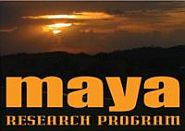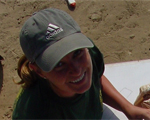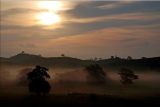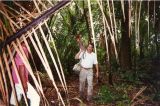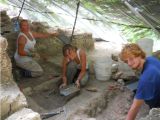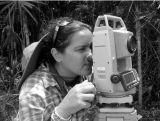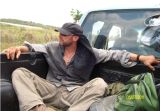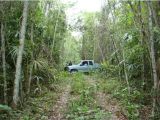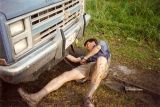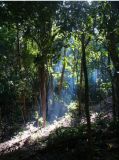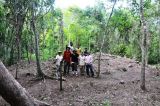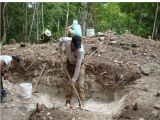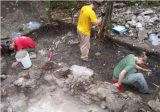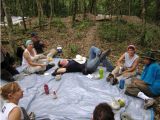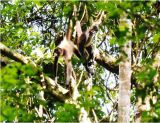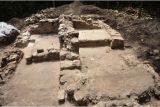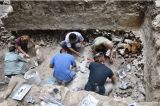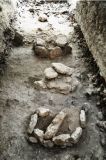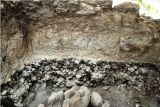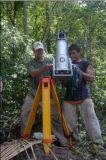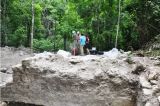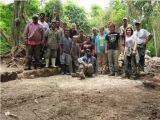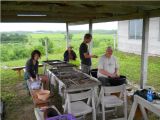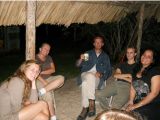

So what is a typical day like in the field with MRP? First off – we start our day very early – around 4:30AM. It’s not because we’re “morning people”- but because that’s when the sun rises and it gets very hot, very fast! It’s hard to sleep in when you don’t have any air conditioning (although I certainly try…)! Breakfast is at 6:30 AM and we’re off to the field by 7:30 AM. We ride to the site in the back of pickup trucks. The “roads” to the sites are unpaved, and can be very muddy once the rainy season starts, so we have to use trucks as opposed to cars to get around.
Many of the ancient ruins we excavate are located on top of steep hills – so we have to park our trucks and hike to the site (depending on the site – it can be less than a one kilometer hike or as many as 5-10+ kilometers). We carry our mapping equipment in and out of the site each day because the equipment is expensive and is very sensate to moisture.
The sites we are working on this year are the elite residences surrounding the “downtown” area of Blue Creek. These are the homes of the wealthiest members of the ancient Maya communities. The majority of these residences were constructed during the Early Classic time period (ca. 250 AD- 650 AD) and were abandoned during the Late to Terminal Classic period (ca. 650 AD – 850 AD). These houses were built out of limestone blocks and plaster and the ruins look like little hills. Before we excavate a structure – we first cut down all the brush from the area. We then get to work removing all of the overburden – this is the dark, organic soil on top of the structure. The lighter gray soil contains the cultural material we are looking for. We eat our lunch in the field and then are back to work! We often have visitors. When we are done excavating the final phase of architecture, we then penetrate the structure to find out how old the building is. Sometimes we find burials beneath the floors (see below).
Throughout the excavation we carefully map and record all of the features found. Our teams document the provenience (context) of every artifact and feature recovered. We take the artifacts recovered from the excavations back to our laboratory facility at MRP’s base camp to wash, analyze, and curate. In the evening we relax and hang out under the palapa (thatch roof pavilion) and enjoy the sunset! Then we do it all again!!!!

Back to the Top
Chapter 1 | Chapter 2 | Chapter 3
